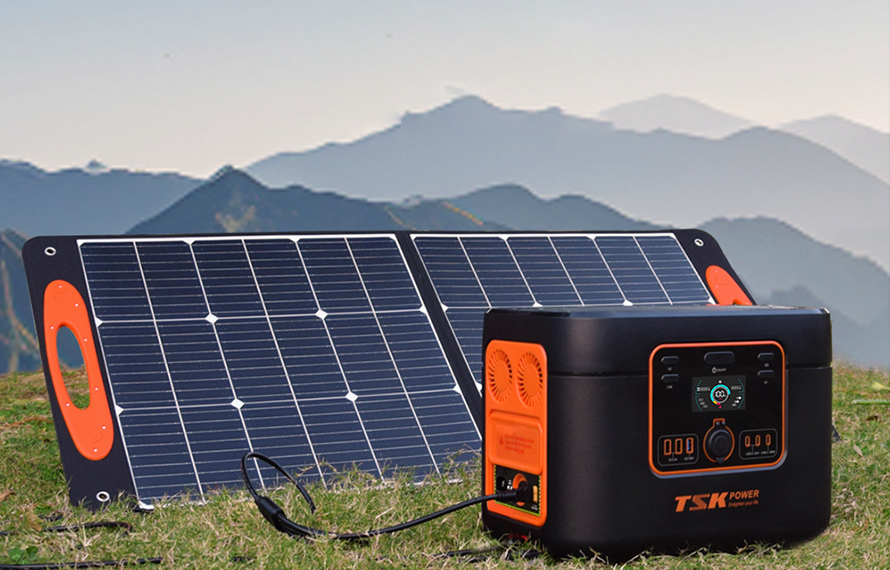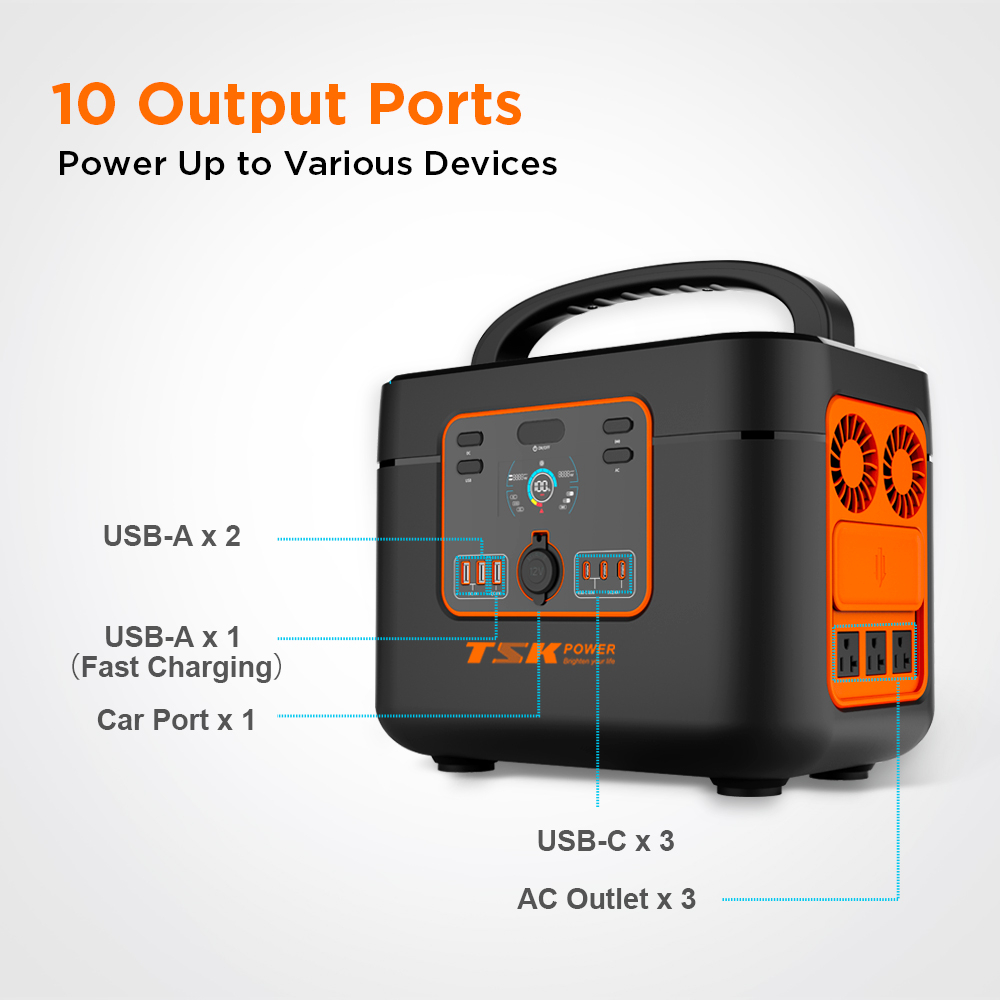An outdoor power supply is a portable device that can provide power for various electronic devices outdoors. It usually has a built-in lithium battery and has multiple output interfaces such as AC output, DC output, USB output, etc., which can meet the power consumption of different scenarios and needs. So, what does the structure of an outdoor power supply include? How does it work? This article will introduce it to you.

The main components of an outdoor power supply
Depending on different brands and models, the specific structure of an outdoor power supply may vary, but generally speaking, it mainly includes the following parts:
Shell: The shell is the external protective structure of the outdoor power supply. Its function is to prevent the outdoor power supply from being affected by external factors such as water, dust, and impact, and it also plays a role in beauty and portability. The material of the shell is generally high-strength engineering plastic or metal, which has the characteristics of lightness, durability, and fire resistance.
Battery cell: The battery cell is the core part of the outdoor power supply. Its function is to store and output electrical energy. There are generally two types of battery cells: ternary lithium batteries and lithium iron phosphate batteries, each of which has its own advantages and disadvantages. The capacity and power of the battery determine the endurance and driving ability of the outdoor power supply, which are generally expressed in watt-hours (Wh) and watts (W).
Inverter: The inverter is an important part of the outdoor power supply. Its function is to convert the direct current (DC) output by the battery into alternating current (AC) for use by most household appliances on the market. The output power of the inverter determines the maximum power of the appliances that the outdoor power supply can drive, which is generally expressed in watts (W). The output voltage and frequency of the inverter are generally the same as the local mains standard. For example, the mains standard in China is 220V/50Hz, and the mains standard in the United States is 110V/60Hz.
Control board: The control board is the intelligent part of the outdoor power supply. Its function is to control and manage various functions of the outdoor power supply, such as charging, discharging, display, protection, etc. The control board generally includes microcontrollers (MCU), power management chips (PMIC), display screens, buttons, indicator lights, fuses, switches and other components.
Output interface: The output interface is the connection part of the outdoor power supply. Its function is to output the power of the outdoor power supply to various electronic devices. Output interfaces generally include AC output, DC output, USB output, Type-C output, etc. Different output interfaces can adapt to different voltages and currents, so you need to choose according to your device type and specifications.
Working principle of outdoor power supply
The working principle of outdoor power supply can be simply expressed by the following process:
When the outdoor power supply needs to be charged, the external power can be input into the control board of the outdoor power supply through AC charging, solar charging, car charging, etc. The control board will adjust the charging voltage and current according to the battery status and charging method, and store the power in the battery.
When the outdoor power supply needs to be discharged, the battery power can be output to various electronic devices through the output interface. The control board will adjust the discharge voltage and current according to the type and needs of the device to ensure the normal operation of the device. If the device requires AC power, the inverter will convert the DC power of the battery into AC power and output it to the AC output interface.
Summary
An outdoor power supply is a portable device that can provide power for various electronic devices outdoors. It mainly includes a housing, battery, inverter, control board, output interface and other parts. Its working principle is to store external electrical energy in the battery and then output the battery's electrical energy to the device. If the device requires AC power, it is also necessary to convert DC power into AC power through an inverter. I hope this article is helpful to you. Thank you for reading.
 2024-08-21
2024-08-21
























